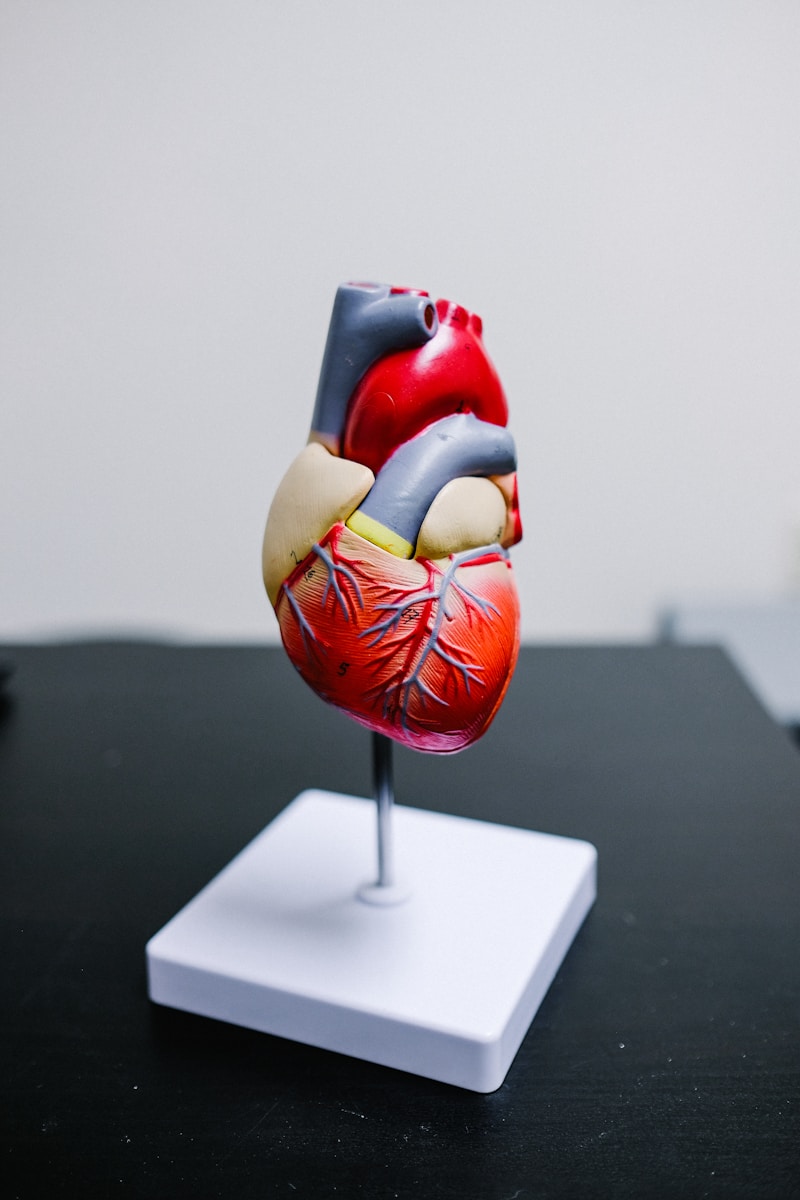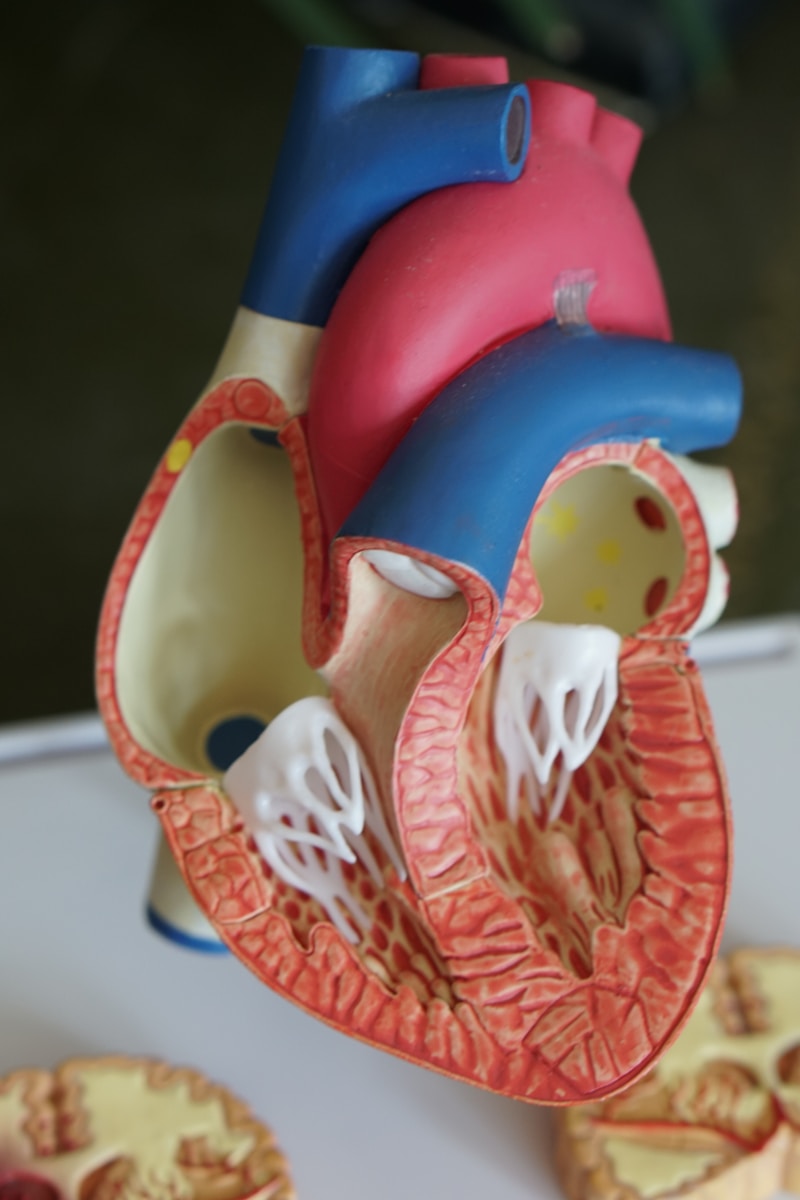Heart disease is often thought of as a condition driven by high cholesterol, poor diet, or lack of exercise. While these factors play important roles, they are merely surface-level contributors to a deeper, more insidious process: chronic inflammation. At its core, inflammation acts as the hidden fire that damages arteries, destabilizes blood flow, and fuels the progression of heart disease. Understanding how this process works is crucial for anyone aiming to protect their heart and overall health.

The Role of Inflammation in Heart Disease: Friend Turned Foe
Inflammation is a natural defense mechanism. When the body faces injury or infection, it triggers an immune response to repair tissue or fight off harmful invaders. In the short term, this acute inflammation is beneficial and essential for healing. However, problems arise when inflammation persists for months or years without an obvious trigger. This chronic inflammation creates a hostile environment that damages blood vessels and sets the stage for cardiovascular disease.
Unlike acute inflammation, which is often accompanied by redness, swelling, or pain, chronic inflammation is silent and systemic. It quietly attacks the body, often going unnoticed until it manifests as serious health conditions, particularly heart disease.
How Inflammation Fuels Heart Disease
The blood vessels are particularly vulnerable to the effects of chronic inflammation. Over time, inflammation weakens the endothelium, the thin layer of cells lining the inside of arteries. This damage has three primary effects that contribute to heart disease.
First, it makes the vessel walls stickier, allowing harmful substances like low-density lipoprotein (LDL) cholesterol to adhere. Once stuck, LDL particles oxidize, triggering an immune response. White blood cells rush to the site, engulf the oxidized LDL, and form fatty deposits known as plaques.
Second, chronic inflammation causes the arteries to stiffen and lose their natural elasticity. Healthy arteries expand and contract to regulate blood flow, but inflammation compromises this ability, forcing the heart to work harder to pump blood. This increased strain elevates blood pressure and accelerates the wear and tear on the cardiovascular system.
Third, inflammation destabilizes plaques already present in the arteries. Over time, plaques grow larger, narrowing the arterial passage and restricting blood flow. Even more dangerous, inflammatory processes can cause these plaques to rupture. When a plaque ruptures, it releases its contents into the bloodstream, triggering the formation of a blood clot. These clots can block blood flow entirely, resulting in a heart attack or stroke.
The Inflammation-Atherosclerosis Cycle in Heart Disease
The link between inflammation and atherosclerosis—a condition characterized by the buildup of plaques in the arteries—is a vicious cycle. Inflammation drives the formation of plaques, and these plaques, in turn, perpetuate inflammation. This feedback loop accelerates the progression of heart disease and increases the likelihood of life-threatening cardiovascular events.
For example, when plaques rupture and blood clots form, the body perceives this as an injury and ramps up its inflammatory response. This additional inflammation exacerbates the damage to the arteries, creating a compounding effect that’s difficult to interrupt without targeted interventions.
Biomarkers That Reveal Inflammation in Heart Disease
Because chronic inflammation is often silent, identifying it requires the use of biomarkers. C-reactive protein (CRP) is one of the most reliable indicators of systemic inflammation. Elevated CRP levels are strongly associated with increased cardiovascular risk, even in individuals with normal cholesterol levels. High CRP levels can indicate that inflammation is actively fueling arterial damage, making it a critical tool in identifying hidden cardiovascular threats.
Other markers, such as interleukin-6 (IL-6) and fibrinogen, also provide insight into the inflammatory state of the body. Together, these biomarkers offer a clearer picture of how inflammation is impacting heart health.
Reducing Inflammation to Combat Heart Disease
While the connection between inflammation and heart disease may sound alarming, the good news is that inflammation is highly modifiable. Lifestyle changes, medical treatments, and emerging therapies can all help to disrupt the inflammatory processes that fuel heart disease.
Anti-inflammatory diets, rich in omega-3 fatty acids, fruits, vegetables, and whole grains, have been shown to reduce systemic inflammation. Regular physical activity lowers inflammatory markers while strengthening the heart and blood vessels. Stress management practices, such as yoga and meditation, decrease cortisol levels, a hormone that can exacerbate inflammation when chronically elevated.

In recent years, pharmaceutical research has focused on anti-inflammatory drugs to target heart disease. For instance, studies on canakinumab, an anti-inflammatory medication originally developed for autoimmune conditions, have shown promising results in reducing cardiovascular events. These advancements highlight the importance of treating inflammation as a direct contributor to heart disease, rather than merely addressing symptoms like high cholesterol or blood pressure.
Why Addressing Inflammation is Key to Preventing Heart Disease
Heart disease doesn’t develop overnight. It’s the result of years, sometimes decades, of underlying damage driven by inflammation. By the time symptoms like chest pain or fatigue arise, the inflammatory process has often been active for years. Addressing inflammation early, before it causes irreversible damage, is key to preventing serious cardiovascular issues.
Rather than viewing heart disease through the lens of isolated risk factors like diet or exercise, it’s time to adopt a broader perspective. Inflammation is the unifying thread that ties these factors together, making it a central target for prevention and treatment.
Chronic inflammation isn’t just a contributor to heart disease—it’s the engine driving it forward. By understanding this connection and taking proactive steps to reduce inflammation, you can safeguard your heart and take control of your long-term health.
